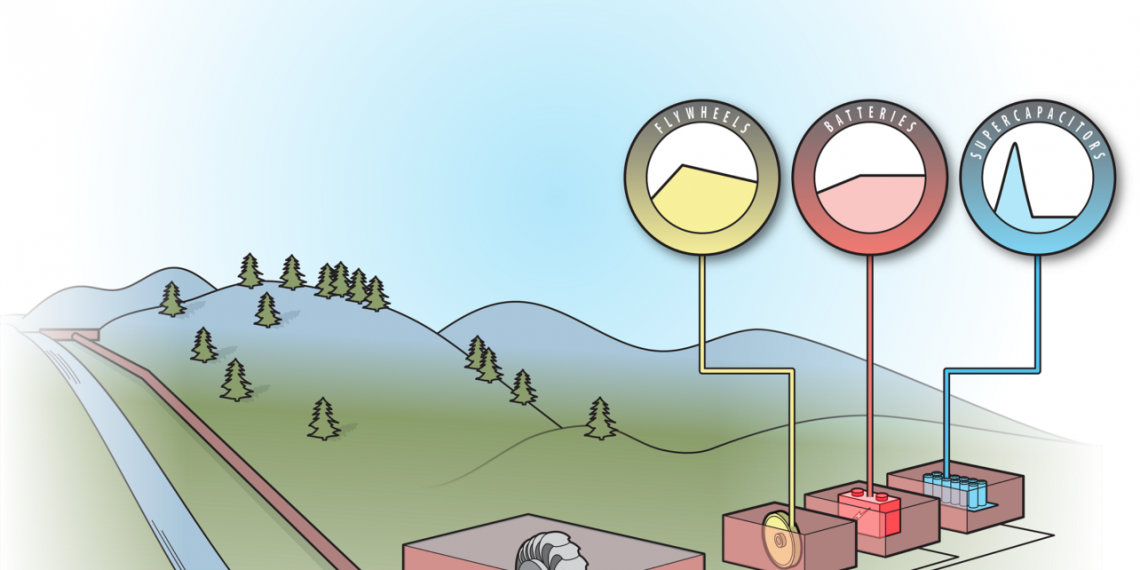
New research shows that small run-of-river (ROR) hydropower projects can provide just as much baseload stability as reservoir-based hydropower plants while being highly responsive to real-time grid and market changes. This means that as the U.S. seeks to expand renewable energy sources without compromising reliability, one option is more flexible (and profitable) hydropower that doesn’t involve dams.
Idaho National Laboratory is leading a research effort evaluating the ability of ROR hydropower to provide grid balancing through integration with an energy storage system.
Hydropower plants produced roughly 7% of the electricity in the U.S. in 2017 — about 40% of the nation’s renewable energy. Roughly two-thirds of those 303,000 GW came from dams with reservoirs behind them. The last 29% however, came from ROR projects.
ROR hydropower generates power intermittently, based on how much water is flowing on any given day. Integrated, a project funded by the U.S. Department of Energy’s Water Power Technologies Office, is exploring ways of using energy storage devices
to add storage to ROR hydropower plants. Integrated storage could enhance ROR power by making it possible to ramp power up or down on demand.
Storage options include:
- Batteries, which can provide longer duration energy than other options.
- Flywheels, which involve heavy shaft-mounted rotating discs that speed up when electrical energy is applied to them. When energy is needed, a flywheel is slowed and the kinetic energy is converted back to electrical energy.
- Supercapacitors, which are best at providing a charge in response to short-term power gaps lasting from a few seconds to a few minutes. They can be recharged quickly.
Pairing supercapacitors or flywheels with batteries can reduce battery stress, resulting in longer service life.
Phase I of the Integrated project confirmed that ROR hydropower combined with energy storage systems can be as responsive as reservoir-based hydropower. One test case demonstrated the potential to increase ROR hydropower revenue by 12% to 16% due to the additional services that the ROR hydropower plants could provide to the grid.
Phase II will include two field demonstrations of the technology. The first field demonstration will be a black start test to demonstrate that ROR hydropower plants with energy storage can restore electric power without assistance from the transmission system. Lessons from the field demonstrations, with Idaho Falls Power and another utility, will be used to refine the technology and ultimately prove its reliability under real-world conditions.
Idaho Falls Power is a city-owned utility with four ROR hydropower plants on the Snake River. Black start capability is essential for small hydro to be able to operate a microgrid to power critical loads in the event of an extended large area outage. The test will investigate how much energy storage is needed to provide adequate frequency and voltage stabilization for a system during a black start.
Along with INL, which is leading the project, Argonne National Laboratory and the National Renewable Energy Laboratory are taking part in the Integrated work.





